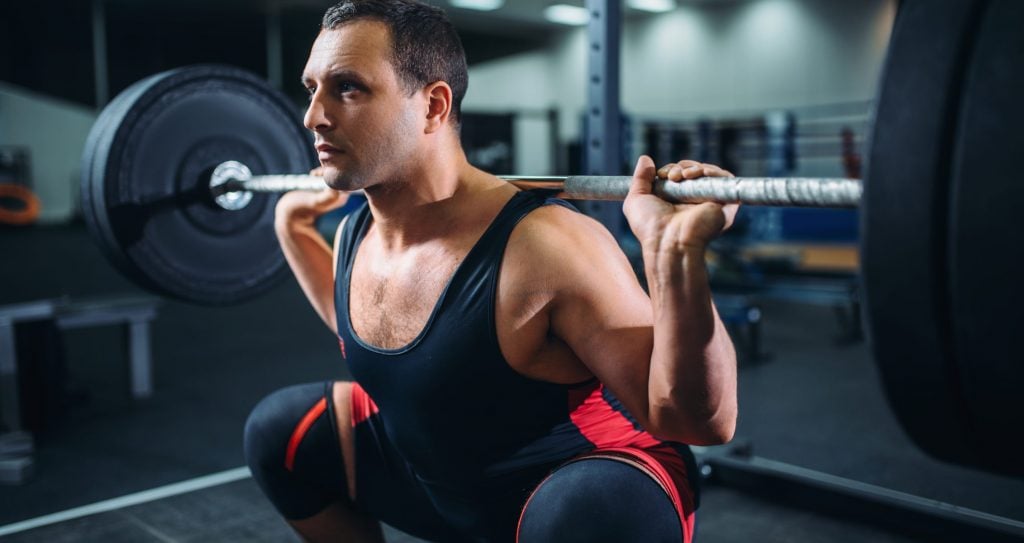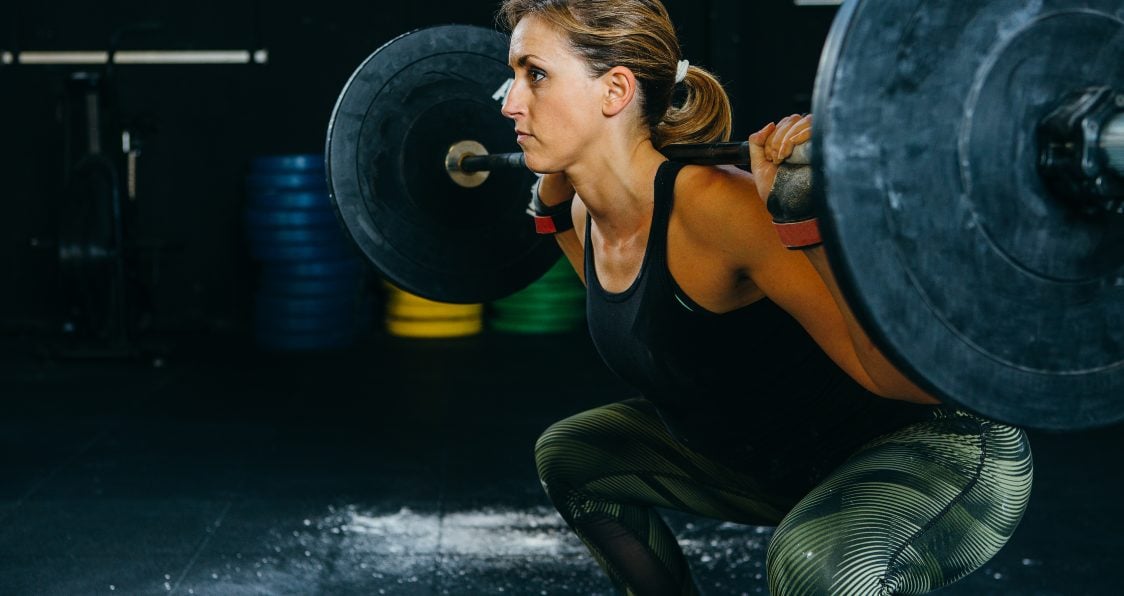This popular exercise may not be for you.
Squats are seen as that essential exercise to boost all areas of our gains, especially below the waist. But believe it or not, squats may not be the best thing for you. With our workouts and daily life pushing our bodies to the limit every single day, it can be hard not to see that squats won’t help. But in fact, because of that hard work, squats may start to put us in a difficult place physically if we do not prioritize form and the right approach to this exercise.
The benefit to this exercise is that many variations exist to give us a better chance at seeing success with legs. But still, squats hold a special place in a lifter’s heart as being one of those big three powerlifts that everyone talks about. How much you can squat has become almost like a calling card and at times to our detriment. Pushing yourself to the max has its benefits, but also drawbacks and it might be time to reconsider squatting.
Let’s jump into this and see why it is best to potentially put squats to the side. These 5 reasons may be enough for you to say enough and start looking to other exercises or potential alternatives to give you the best chance at seeing success.
Why People Like Squats
People squat for a number of reasons but on the whole, the squat is a nice way to build lower body strength, power, and explosivity. Plus, being one of the main lifts, it has a reputation attached as being a world class exercise for seeing all things gains. If done correctly, squats can provide for good benefits, but even with perfect form, you run the risk of suffering an injury or seeing plateaus. And with so many alternatives, it doesn’t make sense to put yourself in that position.
5 Reasons To Never Squat
Let’s take a look at the 5 reasons to never squat. Knowing the risks and hearing the other side of it may just change your mind into why this exercise doesn’t need to be in your routine.
1. Back Injuries
People with back injuries should avoid squatting. Squats can put a lot of tension on your lower back and can lead to an injury if performed with an improper form. Squatting with back problems is asking for trouble.
No weightlifting belt or spotter can save your back from popping if you use an incorrect form or go too heavy on the squats with a back injury. Stretching and warming up your lower back before a leg workout is always a good idea whether you have a back problem or not.
2. Weak Knees
For some people, squats can cause knee pain. If you feel an uncomfortable joint pain every time you squat, you should probably avoid the squat rack for the time being and consult a physician.
Joint pains can be fixed by using supplements. Supplements like glucosamine and chondroitin have been proven to bring relief from joint pains. There also have been cases where people have developed old man knees by squatting with improper form.
3. Unusual Physical Characteristics
Not all of us were born to squat. People with unusual physical characteristics like long legs or torso can face genuine problems while squatting. People with long legs, tight calves or ankles might have relatively poor mobility and can find it hard to squat with proper form without recruiting secondary muscles like the lower back.
4. Alternatives Might Be Better
The ultimate goal of performing squats is to build stronger and muscular legs. You don’t have to be fixated on squats if you can reach this goal through other exercises. Everyone’s body works a little differently and some exercises might target your quads better than old-school squats.
While the squats are complete leg builders, if you want to focus primarily on your quads, exercises like extensions and lunges might target the muscles more effectively. You should focus on what works better than following the herd into the squat rack.
5. Machines Can Be More Efficient
Some people complain of never getting a pump while performing the barbell squats. Using machines can put constant tension on the muscles. Isolation exercises like the leg extensions and leg curls can help you get a muscle-ripping pump.
Squatting on the smith machine or performing hack squats can be a great alternative for people who find it hard to maintain a straight back on the barbell squats. Other barbell squat alternatives are dumbbell goblet and dumbbell sumo squats.
Best Squat Alternatives
It would be a disservice if we didn’t share with you alternative exercises to replace the squat in your routine. For those looking to beef up their lower body and see only the best gains, looking to exercises like walking lunges, reverse lunges, sumo deadlifts, and the leg press are good options for seeing similar gains. We use our legs for many movements, and thus, many exercises exist to either boost our pushing or pulling lower body movements. Whether it be with free weights or machines, knowing the right approach to these alternatives can give you the best support when looking to see gains.
Alternative Squat Exercises
Many alternatives to the squat exist but here are a few to take note of below:
- Walking Lunges
- Reverse Lunges
- Sumo Deadlifts
- Leg Press
- Bulgarian Split Squats
- Deadlift
- Sled Push
- Jump Squats
Wrap Up
Squats can be overlooked but training legs can’t be. If any of the above-mentioned reasons ring true for you, work around these problems and try getting comfortable with squats. Working with a coach on your form can help fix your problems with the squats. At the end of the day, your health and safety are important for this keeps you in the gym and grinding away. Don’t let an injury keep you out and stop you from seeing gains. With the right alternatives, you will see growth and won’t be disappointed by the results.
Let us know what you think in the comments below. Also, be sure to follow Generation Iron on Facebook, Twitter, and Instagram.
*Images courtesy of Envato










